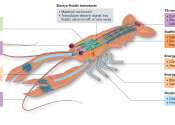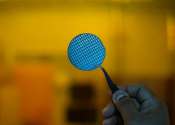A memristor-based Hopfield neural architecture to solve combinatorial optimization problems
Over the past few years, many researchers have tried to develop techniques and technologies that can solve combinatorial optimization problems, which entail identifying an optimal item or solution within a set number of possibilities. ...









